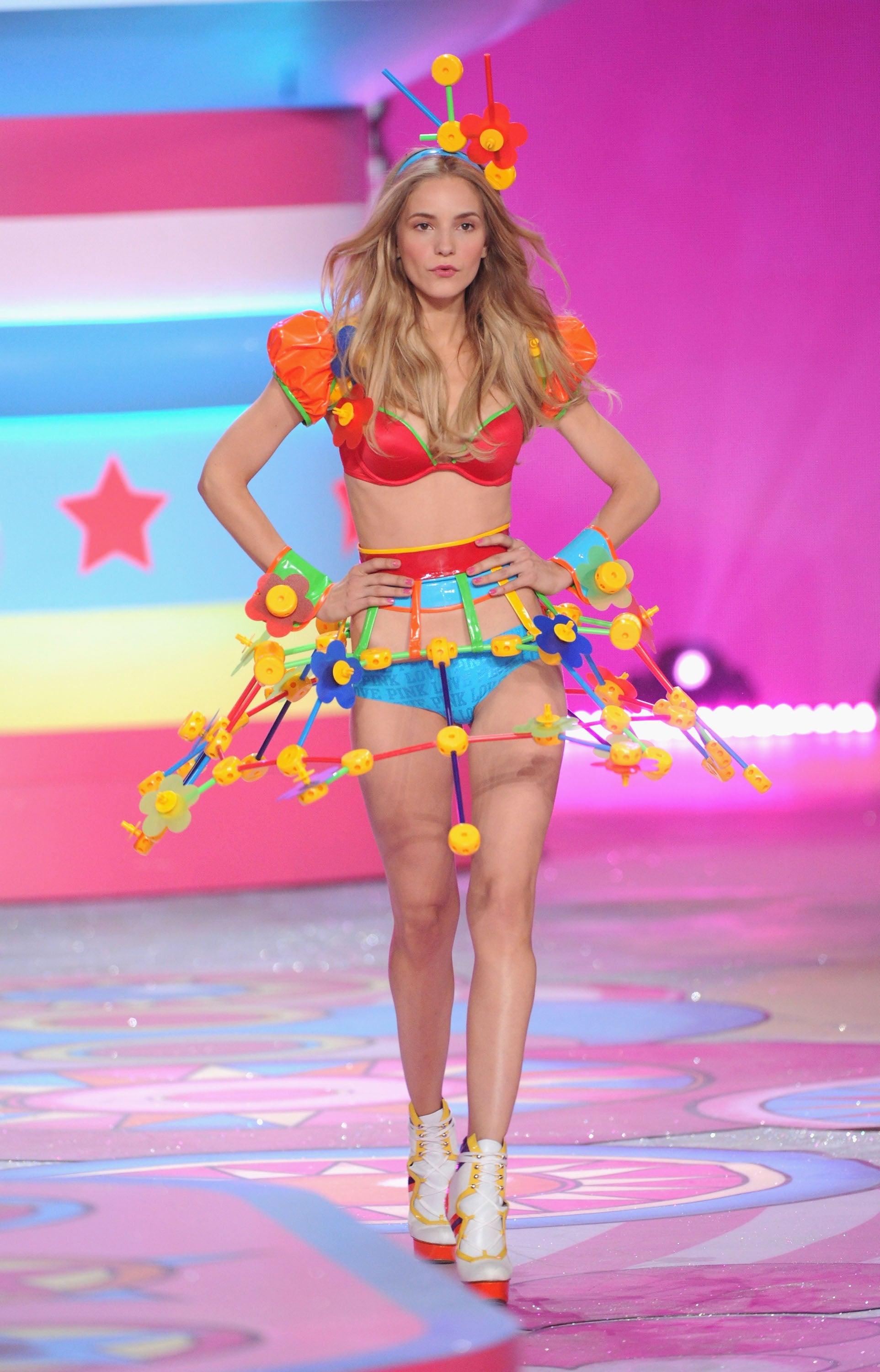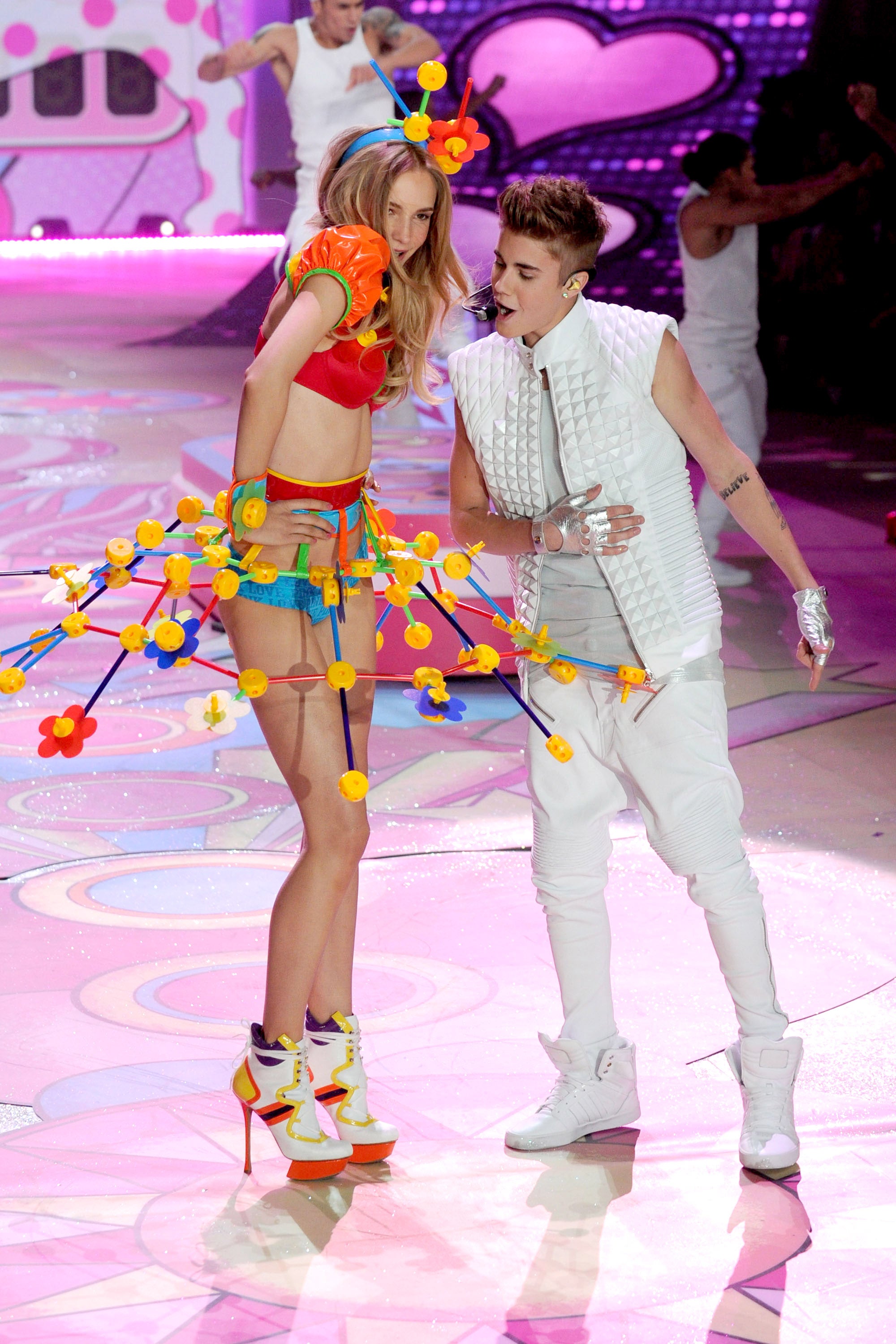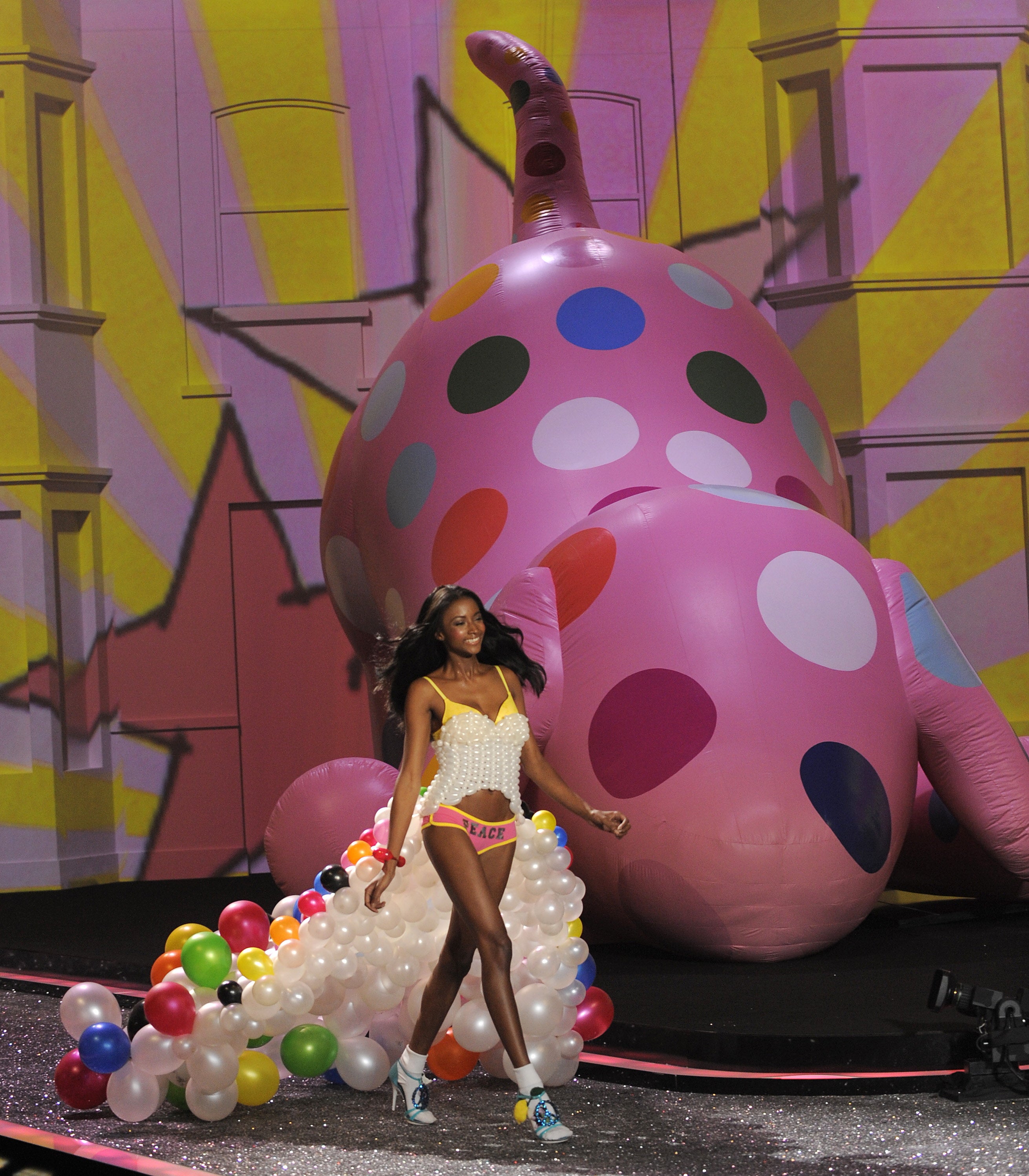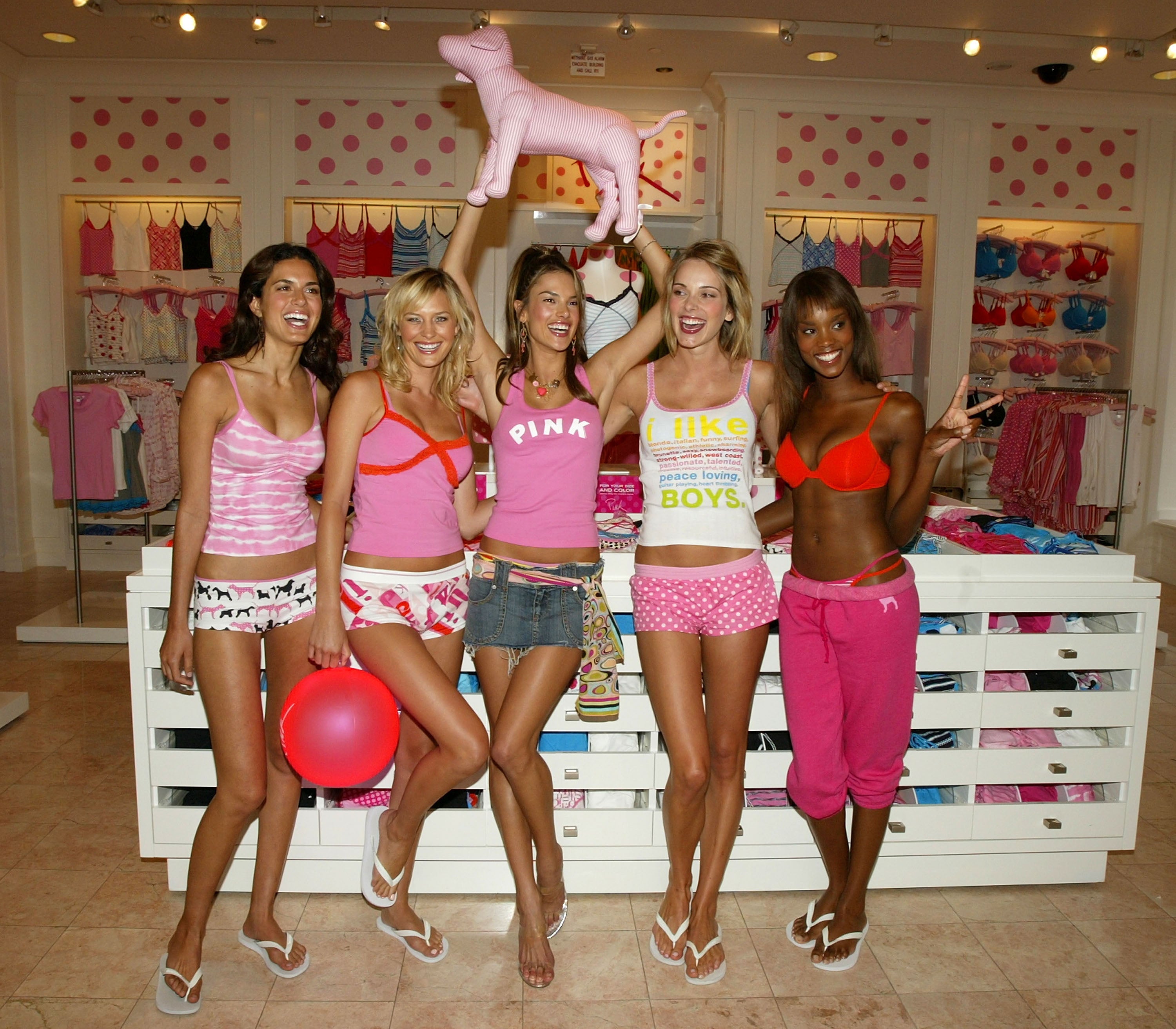Former Victoria’s Secret models recall wearing toy-adorned lingerie to appeal to ‘teenagers and tweens’
“It wasn’t about the clothes as much as it was about the models fulfilling this idea of this fantasy that Victoria’s Secret wanted to fulfill”
Your support helps us to tell the story
From reproductive rights to climate change to Big Tech, The Independent is on the ground when the story is developing. Whether it's investigating the financials of Elon Musk's pro-Trump PAC or producing our latest documentary, 'The A Word', which shines a light on the American women fighting for reproductive rights, we know how important it is to parse out the facts from the messaging.
At such a critical moment in US history, we need reporters on the ground. Your donation allows us to keep sending journalists to speak to both sides of the story.
The Independent is trusted by Americans across the entire political spectrum. And unlike many other quality news outlets, we choose not to lock Americans out of our reporting and analysis with paywalls. We believe quality journalism should be available to everyone, paid for by those who can afford it.
Your support makes all the difference.Former Victoria’s Secret models are speaking out about the problematic ways the lingerie brand allegedly targeted “teenagers and tweens” in a new documentary released this week.
The company’s questionable marketing tactics are raised in the new three-part Hulu docuseries Victoria’s Secret: Angels and Demons, which candidly reflects on the introduction of the brand’s Pink line.
In 2002, Victoria’s Secret introduced Pink, which was created to target a younger audience of girls and teenagers. However, the new documentary reveals that employees and models were concerned about the pivot, with former Angels recalling their discomfort at wearing lingerie adorned with toys and balloons on the runways of the infamous Victoria’s Secret Fashion Show.
“I had this dress with toy things [all] around and the whole set was pretty much based on toys,” former Victoria’s Secret model Dorothea Barth Jörgensen said of the outfit she wore during the 2012 runway show.
Jörgensen said the company’s marketing at pre-teens and teenagers was even more effective that year because the models wore the outfits while Justin Bieber, who was 18 at the time, performed during the annual runway show.
“My sister’s children were so excited that I’d be going on the runway with Justin Bieber. They were so obsessed with him and they were like 10 and 12 at the time so I think definitely they hit the target,” Jörgensen recalled.


Former Victoria’s Secret model Lyndsey Scott also reflected on the ways the company targeted the younger generation with child-like clothes and accessories. Scott recalled the 2009 fashion show where she walked the runway “wearing balloons”.
“I was wearing balloons. They were not clothes, they were not sold in the stores,” she said. “It wasn’t about the clothes as much as it was about the models fulfiling this idea of this fantasy that Victoria’s Secret wanted to fulfil.”

While Victoria’s Secret former chief marketing officer Ed Razek reportedly used the word “fantasy” to market the brand’s adult lingerie, the documentary reveals that the word used for Pink was “fomo [fear of missing out]”.
“They wanted to create fomo, they wanted people to have a fear of missing out,” former Pink employee Lindsey Casella said. “That was the marketing strategy, and it worked.”
According to Casella, the branding didn’t sit well with her because it was trying to make young girls feel bad about themselves.
“You already had this brand that had standards that were unattainable to the everyday person, and now you were trying to do things that would make girls feel worse about themselves,” she said.

The documentary’s director Matt Tyrnauer noted that the introduction of Victoria’s Secret Pink and the marketing of the brand in nearly the same way the lingerie company marketed its undergarments towards adult women “seems so wrong” in hindsight, but “it just sort of went right along on its merry way.”
The docuseries also touches on the ways that Victoria’s Secret’s print marketing played on the insecurities of young girls and teenagers, and women, with former employees acknowledging the retouching that went into campaigns for the brand.
“One of the biggest things that shocked me when I was behind the scenes working there was, I didn’t realise just how much retouching was happening,” former Victoria’s Secret employee Casey Crowe Taylor said. “It’s an image that is retouched, Photoshopped, changed. That’s literally impossible.”
The concerns associated with Victoria’s Secret Pink and the brand’s targeting of young girls is just one of the issues raised in the docuseries, which began streaming on Hulu on 14 July, as the series also delves into the brand’s misogynistic culture under Razek, and the relationship between former Victoria’s Secret owner Leslie Wexner and convicted sex offender Jeffrey Epstein.
The Independent has contacted Victoria’s Secret for comment.




Join our commenting forum
Join thought-provoking conversations, follow other Independent readers and see their replies
Comments